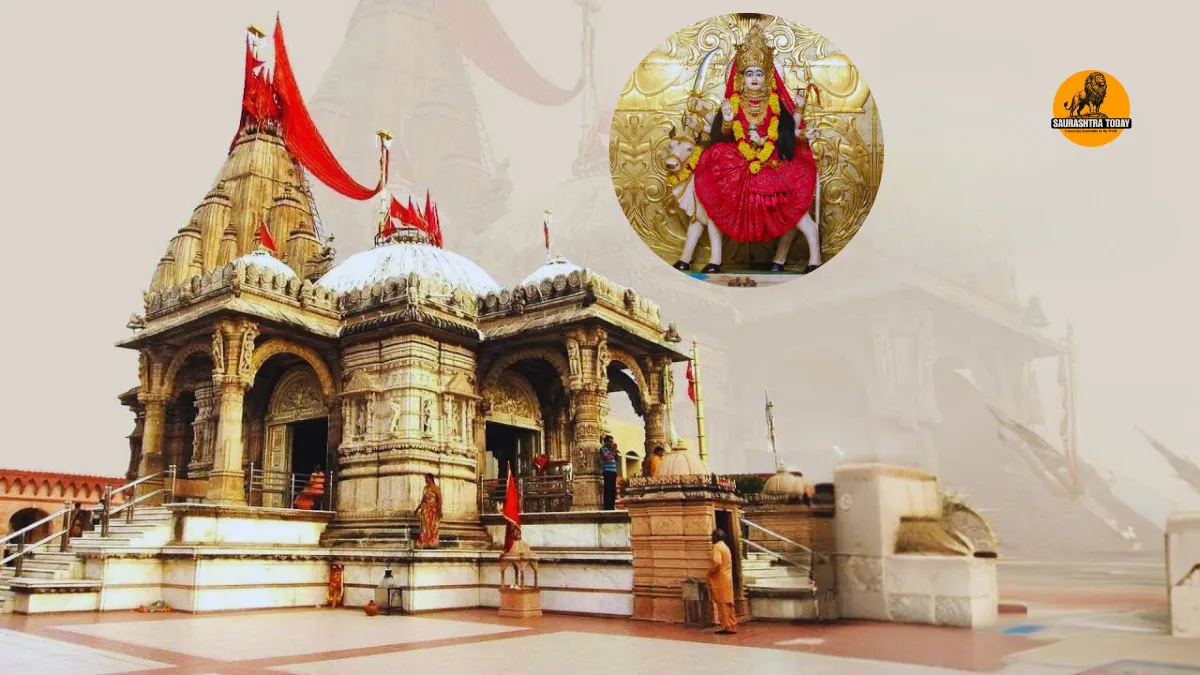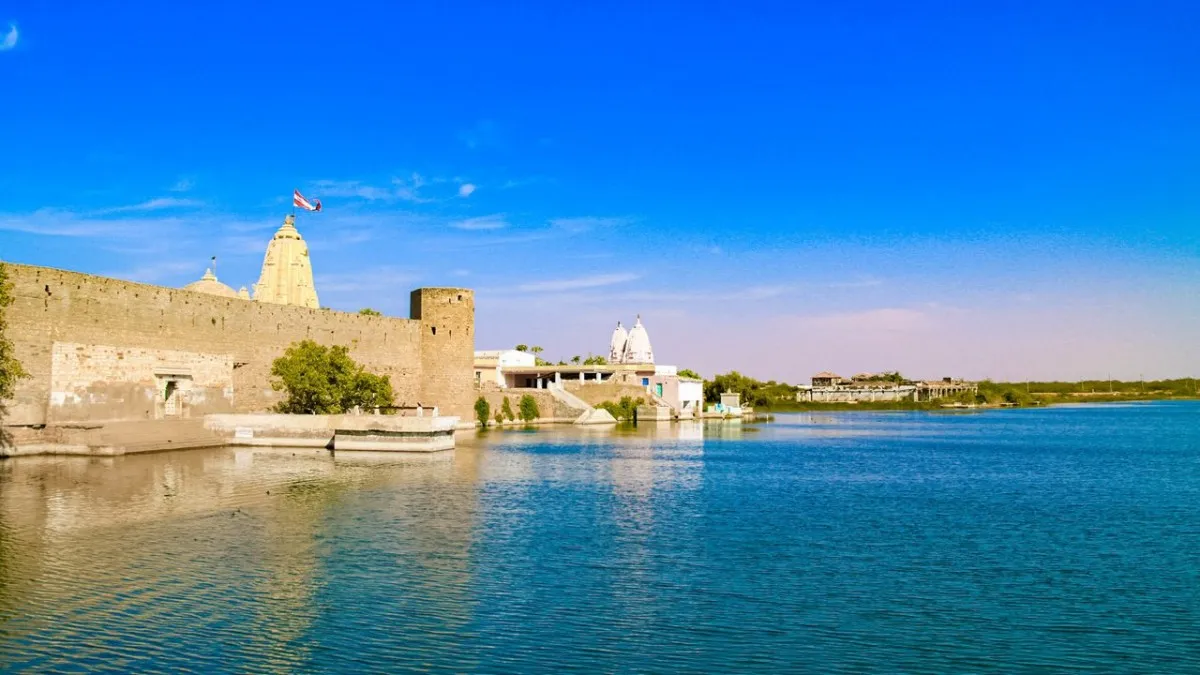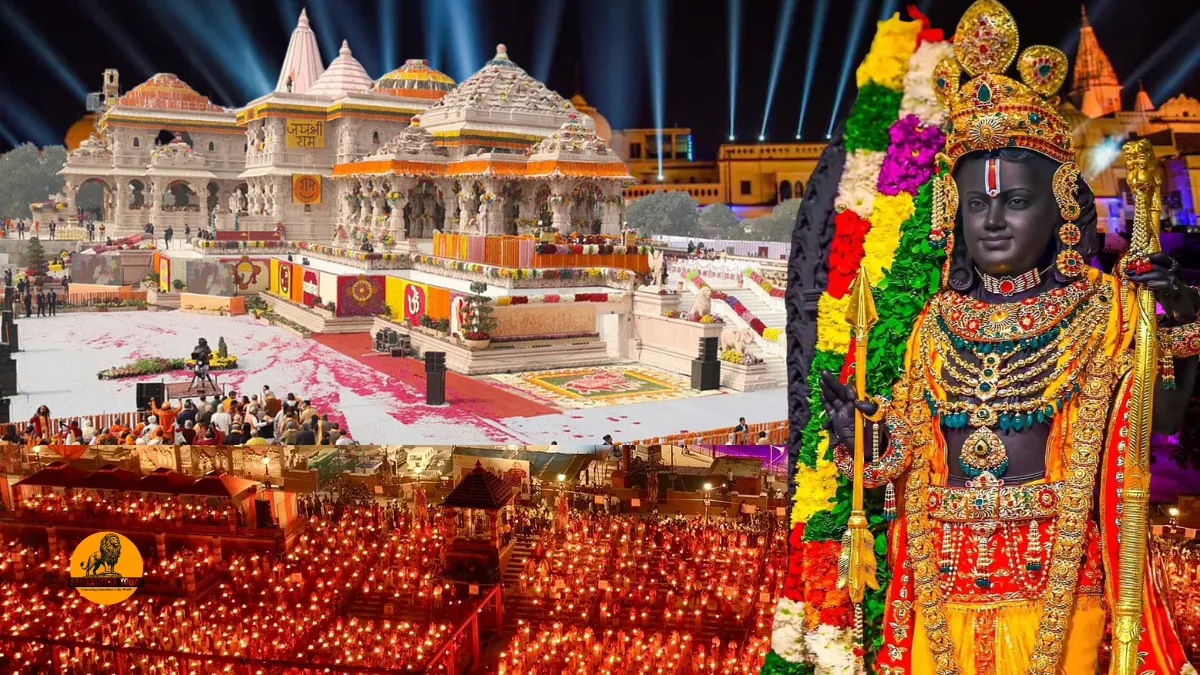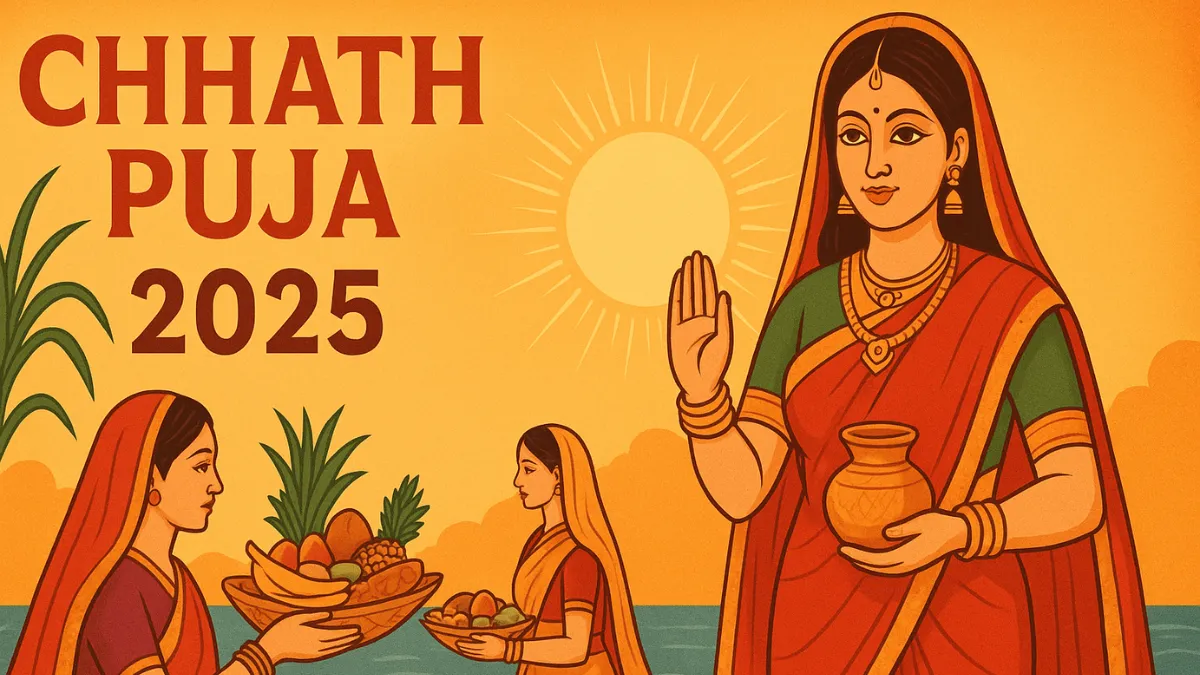Umiya Mata Temple Unjha: Gujarat, known for its rich cultural heritage, is home to countless ancient temples that narrate stories of devotion, royalty, and faith. Among these, the Umiya Mata Temple in Unjha stands out as a revered spiritual center for devotees, especially the Patidar community, who consider Umiya Mata as their kuldevi (family deity). This temple is not just a place of worship but also a symbol of devotion, history, and community service.
Historical Significance of Umiya Mata Temple
The origins of the Umiya Mata Temple in Unjha are steeped in mythology and historical accounts. According to ancient legends, Umiya Mata is an incarnation of Goddess Parvati. It is said that during Lord Kartikeya’s marriage ceremony, certain divine incidents led to the placement of Lord Ganesha’s idol by the banks of the river Eravati, which remains a significant part of the temple’s mythology today. Devotees believe that both Lord Ganesha and Goddess Parvati appeared in Unjha, blessing the region and giving rise to the temple’s establishment.
Historically, the temple was constructed in Samvat 212 (156 AD) by King Vrajpal Singh. Since then, the Patidar community has maintained daily rituals and services at the temple. The Patidars, who migrated to Gujarat between 1200–1250 AD from regions like Punjab, Rajasthan, and Central Asia, have preserved this temple as a center of faith and community unity. Over centuries, the temple has undergone renovations and expansions, marking different eras of royal and community contributions.
Architectural Marvel
The current structure of the Umiya Mata Temple in Unjha was consecrated on 6th February 1887. It features a blend of traditional and regional architectural styles. The temple originally stood in the Moollot area, where the sanctum of Sheshshayi Bhagwan existed. Today, it is a sprawling complex that reflects intricate carvings, spacious courtyards, and devotional spaces that accommodate thousands of devotees, especially during festivals.
Several kings and notable local patrons, including the Gaekwad government and the Patidar darbar, contributed to the temple’s upkeep and development. Over time, renovations have ensured the temple remains a serene and accessible place of worship for both local and international devotees.
Also read: History of Shatrunjay Tirth: The Sacred Palitana Temples of Jainism
Religious Importance
For the Patidar community, Umiya Mata is more than a deity; she is a familial protector and spiritual guide. Devotees believe that worshipping Umiya Mata brings blessings, prosperity, and peace to their households. Daily rituals include morning and evening aarti, offering Rajbhog, and performing Seva Pooja, maintaining the sacred rhythm of temple life.
During special occasions, especially Navratri, the temple transforms into a vibrant spiritual hub. Devotees engage in fasting, perform the Shodashopachar puja, chant Chandi Path, and participate in the nine-day Ras Garba festival. The temple also celebrates festivals with grand processions, decorated pallies, and fireworks, creating an atmosphere of joy and devotion.
Visiting Hours and Facilities
The temple ensures convenient visiting hours for devotees. Generally, it remains open from 6:00 AM to 12:00 PM and 4:00 PM to 9:30 PM. On special festival days, the temple stays open longer to accommodate the influx of devotees from across India and abroad.
To make the visit comfortable, the temple trust offers:
- Community Dining: A token-based facility for devotees to enjoy meals at the temple’s dining hall.
- Accommodation: A rest house managed by the temple trust provides over 50 AC and Non-AC rooms, ensuring devotees can stay comfortably near the temple.
- Social and Educational Initiatives: The temple actively participates in community welfare, supporting education and social programs for students and local residents.
Also read: Ambaji Temple Darshan Timings: Complete Guide for Devotees
Cultural Impact
The Umiya Mata Temple in Unjha is not only a religious landmark but also a center for cultural activities. It preserves traditional practices, local festivals, and community gatherings, ensuring that the Patidar culture and customs thrive alongside spiritual devotion. The temple has become a symbol of identity and unity for the Patidar community worldwide.
Modern-Day Relevance
Today, the Umiya Mata Temple attracts thousands of devotees and tourists who are drawn to its historical, cultural, and spiritual significance. It serves as a model for combining devotion with community service, offering facilities that cater to both religious and social needs. The temple’s administration actively maintains cleanliness, organization, and hospitality to provide a holistic experience for visitors.
How to Reach Umiya Mata Temple Unjha
Unjha is well-connected by road and rail. Major cities like Ahmedabad, Mehsana, and Gandhinagar are easily accessible, making it convenient for devotees to plan visits. The temple is located in the heart of Unjha, ensuring easy access to local amenities and transportation.
Also read: History of Ambaji Temple – Significance, Legends, and Sacred Heritage
Conclusion
The Umiya Mata Temple in Unjha is a living testimony to Gujarat’s rich spiritual and cultural heritage. From its mythological origins to historical construction, from daily rituals to grand festivals, the temple embodies devotion, tradition, and community service. For the Patidar community and devotees from across the globe, visiting Umiya Mata is not just a religious act but a journey into centuries of faith, culture, and unity.
Whether you are a devotee seeking blessings or a traveler exploring India’s sacred heritage, Umiya Mata Temple Unjha promises an enriching experience of spirituality, history, and culture.



















